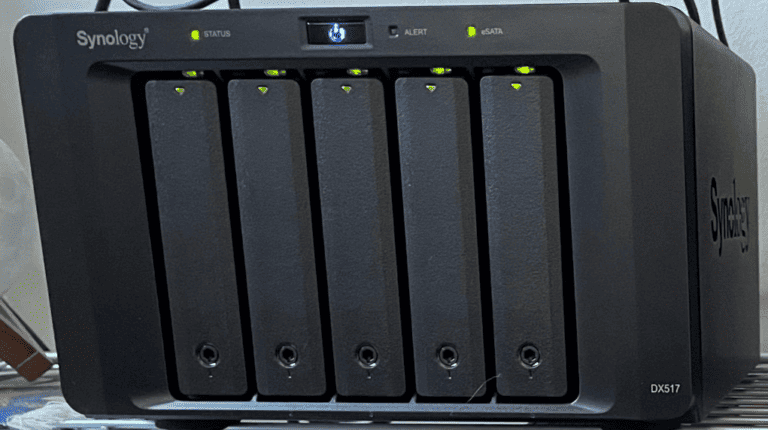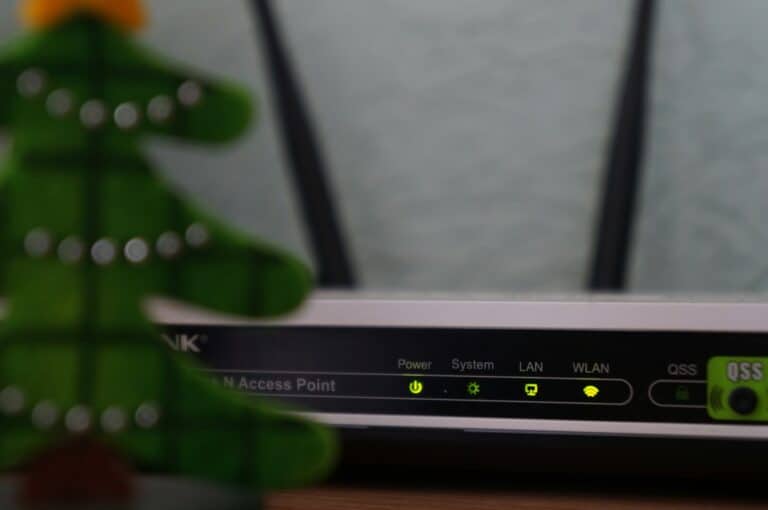Understanding Cisco ASA NAT Essentials
When setting up a Cisco ASA firewall, it’s crucial to grasp how Network Address Translation (NAT) functions, the various types available, and the role of interfaces. Proper NAT configuration is vital for controlling traffic flow and ensuring security.
NAT Overview and Types
Network Address Translation, or NAT, on a Cisco ASA firewall, is a method to modify network address information in IP packet headers. This process allows for the remapping of IP addresses during transit across routing devices. There are main types of NAT:
- Dynamic NAT: Translates a group of real IP addresses to a pool of mapped IP addresses that are often registered IP addresses.
- Static NAT: Associates a unique real IP address with a unique mapped IP address. This type is commonly used for servers that need a constant IP address.
- Dynamic PAT: Also known as “Hide NAT,” it maps multiple private IP addresses to a single public IP address or a few addresses.
The Role of Interfaces in NAT
In NAT configurations, Cisco ASA considers two main types of interfaces:
- Inside interface: Typically involves privately addressed networks that need outbound internet access.
- Outside interface: Usually connected to the external network, like the internet.
Each interface has a security level associated with it. Traffic is generally allowed to flow from a higher security level to a lower one but not the other way unless explicitly configured.
IP Addresses and NAT Interaction
The interaction between IP addresses and NAT within Cisco ASA is guided by clear rules determined by the configuration. The real IP address refers to the original address assigned to a device within the private network. In contrast, the mapped IP address represents the modified address that external networks see.
For a successful NAT process:
- The real IP address is translated to a mapped IP address when traffic goes from an inside interface to an outside interface.
- In the case of Static NAT, the mapped IP address remains constant, making it easier for inbound connections like those for a company’s web server.
This section outlined the foundations, but the specifics of the NAT policies will depend on individual network requirements and the particular setup of the Cisco ASA in question.
Configuring NAT on a Cisco ASA Device
Network Address Translation (NAT) is a crucial feature on Cisco ASA devices, allowing for efficient use of IP addresses and increased network security. The configuration process can be broadly categorized into Auto NAT and Manual NAT setups, combined with the appropriate NAT rules and access lists to control the traffic flow. Careful testing and verification of NAT configurations ensure that the network operates as intended.
Auto NAT Configuration
Auto NAT simplifies the NAT configuration process by linking NAT rules directly to network objects. This method is generally used for simpler scenarios such as PAT (Port Address Translation) or Dynamic NAT. To configure Auto NAT on a Cisco ASA device:
- Define a network object that specifies the real IP addresses of the internal network.
- Within the network object, specify the mapped IP address or interface for NAT translation.
For example, on an ASA device with version 8.3 or later:
object network internal-net
host 10.0.0.10
nat (inside,outside) dynamic interface
This code sets the internal host 10.0.0.10 to be dynamically translated to the interface’s IP address when accessing the outside network.
Manual NAT Configuration
Manual NAT provides granular control over NAT behavior and allows for more complex configurations. It involves specifying NAT rules independently from network objects and is often used for static NAT setups. To configure Manual NAT:
- Define the NAT rule with the
natcommand in the global configuration mode. - Specify real and mapped addresses along with any service objects if port translation is required.
Here’s an example for static NAT using Manual NAT policies:
nat (inside,outside) source static PRIVATE-SERVER PUBLIC-IP
This command statically maps the private IP of PRIVATE-SERVER to the public IP of PUBLIC-IP.
NAT Rules and Access Lists
Access control lists (ACLs) work in tandem with NAT rules to permit or deny traffic. It is important to ensure that ACLs reference the mapped IP addresses for externally initiated sessions:
- Access-list entries should match the NAT mapping.
- Ensure that the ACLs are applied to the correct direction and interface.
access-list OUTSIDE-ACL extended permit tcp any host PUBLIC-IP eq web-port
access-group OUTSIDE-ACL in interface outside
This ACL allows web traffic to the public IP which is translated to the private IP of the server.
Testing and Verifying NAT Configuration
It is critical to verify NAT configurations for accuracy and to confirm that they are operating as expected. The show nat detail command can be used to view detailed NAT translations and ensure they match the intended policies.
To test the NAT configuration:
- Use the packet-tracer tool to simulate traffic and see if it gets translated correctly.
- Review the NAT table entries with the
show nat detailcommand to confirm correct translations.
packet-tracer input inside tcp 10.0.0.10 1024 8.8.8.8 80
show nat detail
The packet-tracer command simulates a packet from an internal host to an external destination, while show nat detail provides specificity to troubleshoot any issues with the translations.
Advanced Cisco ASA NAT Scenarios
In navigating the intricacies of Cisco ASA NAT configuration, one encounters scenarios demanding a nuanced understanding of how NAT operates. These cases often involve complex rules that define how traffic transitions from inside to outside networks and vice versa.
NAT for Internet Connectivity and Security
For devices within a private network looking to connect to the internet securely, Cisco ASA’s NAT functionality is vital. Identity NAT allows traffic to move without alteration, maintaining the original source and destination IP addresses, often used for internal networks where address translation is unnecessary. In contrast, NAT exemption can be employed to bypass NAT rules based on specific requirements, such as VPN traffic that should not be translated.
Implementing Static and Dynamic PAT
Port Address Translation (PAT) extends the functionality of address translation to multiple hosts. Dynamic PAT allows many internal devices to share a single public IP address, allocating a unique port number to each session. This process is pivotal for conserving public IP address space. Conversely, Static PAT—also known as port forwarding—directs incoming connections on a specific port to a designated internal IP address and port, enabling access to internal services from the public internet.
Handling Complex NAT Configurations
Configurations requiring a higher level of flexibility, like Twice NAT, facilitate more granular control over translations by specifying both source and destination IP addresses. For fallback solutions, PAT backup might be set up to ensure connectivity even when primary methods fail. When dealing with various groups of addresses, a network object group simplifies management and application of NAT rules. Moreover, scenarios such as port redirection for external servers or bypassing NAT for local communications underscore the adaptability of Cisco ASA’s NAT policies.
Frequently Asked Questions
In this section, we’ll address some common inquiries regarding NAT configuration on Cisco ASA devices, using clear and straightforward explanations.
How do you configure NAT on a Cisco ASA device using ASDM?
To set up NAT via Cisco’s ASDM (Adaptive Security Device Manager), you simply navigate to the Firewall configuration tab, choose NAT Rules, and then follow the step-by-step wizard to create your new NAT rules. This graphical interface simplifies the process, making it user-friendly.
What is the command syntax for setting up NAT on a Cisco ASA firewall?
On a Cisco ASA firewall, you can establish NAT using command-line instructions like object network id, followed by defining subnet, host, or range. Then you use the nat (inside,outside) command with the appropriate parameters to map the real and virtual addresses.
How many NAT types are available on Cisco ASA, and what are their differences?
Cisco ASA supports three primary NAT types: Static, Dynamic, and PAT (Port Address Translation). Static NAT provides a one-to-one mapping between local and public IPs, Dynamic NAT creates a pool of public IPs for multiple internal hosts, and PAT allows multiple hosts to share a single IP address but with different port numbers.
What steps are involved in configuring NAT port forwarding on a Cisco ASA?
Configuring port forwarding involves creating a static NAT rule that forwards a specific port from the outside IP address to the corresponding port on an internal IP address. This typically requires defining a network object with the real and mapped IPs and then setting a static NAT rule with the respective ports.
Can you explain the purpose of the ‘route-lookup’ option in Cisco ASA NAT configurations?
The ‘route-lookup’ option in a NAT rule on Cisco ASA ensures that the routing table is consulted to determine the egress interface and the next-hop IP address after NAT translation has occurred. This is particularly important when the NAT destination is not the interface where the packet initially arrives.
How is PAT (Port Address Translation) configured on a Cisco ASA device?
To configure PAT on a Cisco ASA, you define a dynamic NAT rule with an interface or an IP as the mapped address and specify the keyword interface to use the IP address of the outgoing interface. This allocation strategy allows multiple internal hosts to connect to external networks using a singular IP but with different ports for each session.







